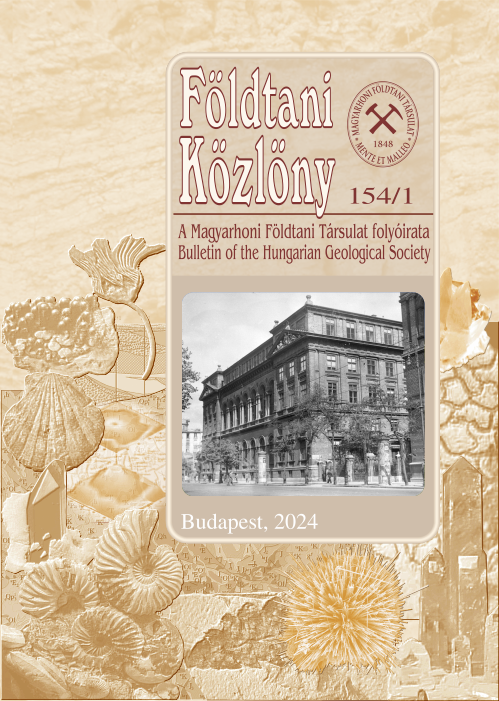New details of young tectonic phenomena in the Western Mecsek Mts and their surroundings
Abstract
This article gives details about the investigations into exposures of Neogene and Quaternary age along the main
structural zones of the Western Mecsek Mts (SW Hungary) in order to study post-Miocene tectonic activity, with an aim
of supplementing studies on the long-term stability of the region. Field observations showed that young movements
affected only the mountain fronts and the foreland. From the 24 studied exposures, those with impacts of tectonic activity
were located along the major fault zones of the Western Mecsek Mts; these exposures prove that tectonic/seismic events
occurred as late as the Late Pleistocene along the Mecsekalja Dislocation Zone and probably the Hetvehely–Magyarszék
Fault. In contrast, no impact of neotectonic activity was found within the Western Mecsek Anticline, indicating that this
area behaved as a single solid block during post-Miocene movements. Dating from the Karpatian age, 5 tectonic phases
can be distinguished. From these — somewhat different to previous research — transtension seems typical for the
Karpatian along the Hetvehely–Magyarszék Fault. The Early Pannonian transtensional stress field did continued to exist
at the beginning of the Late Pannonian. Tectonic inversion started only within the first half of the Late Pannonian and can
be considered to be still active day in the major part of the area.











